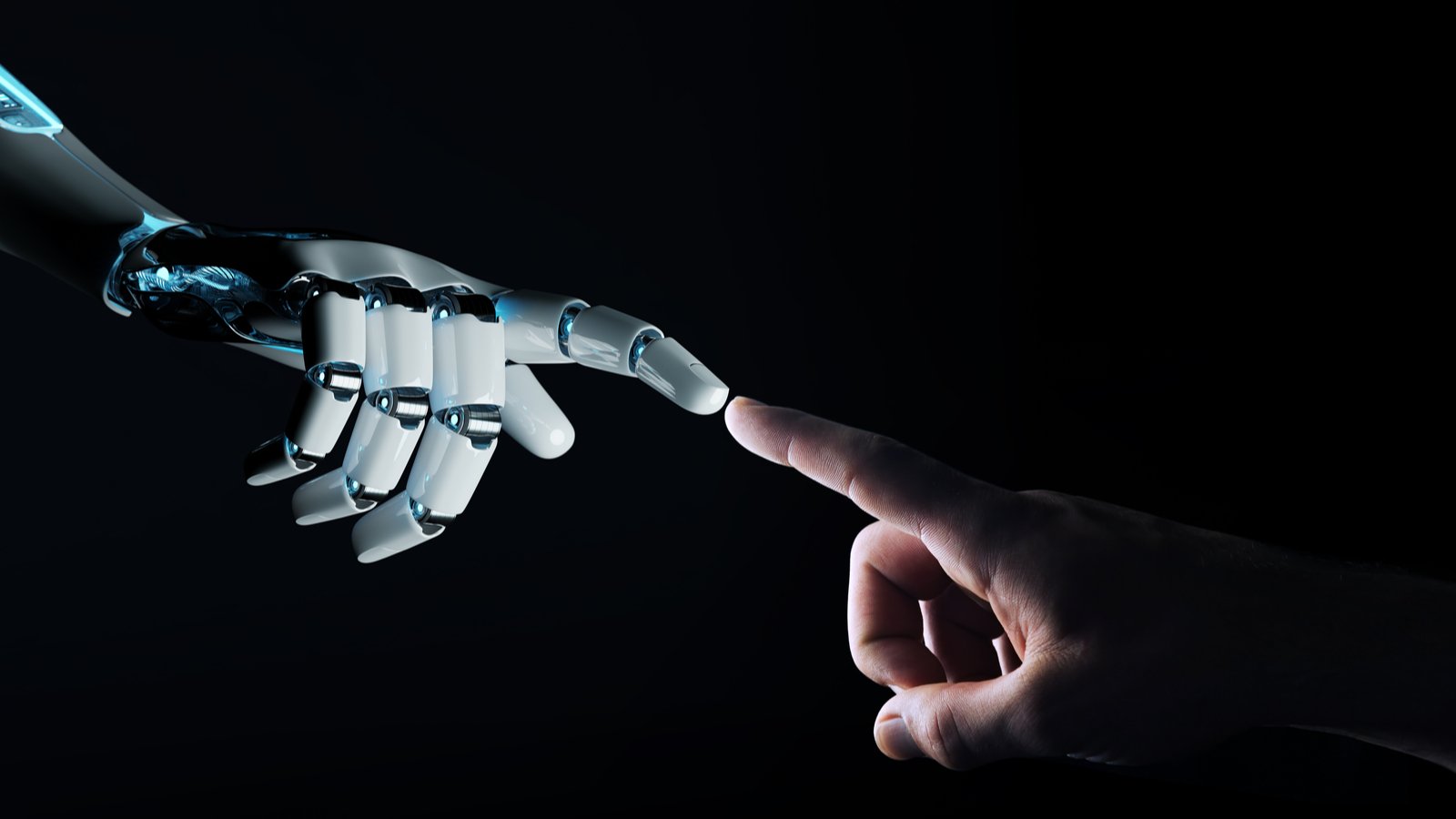Catherine Bolton, who retired earlier this year, started her golden years with a debt she had planned to be free of by now: about $40,000 in undergraduate debt. Thanks to the coronavirus-era suspension on student loan payments and interest, Bolton, 67, has received a reprieve from monthly student loan expenses in the months after she left her employment as an elementary school mental-health practitioner. However, she is concerned that if payments resume as scheduled in October, she will not have enough money in her budget, and that the payments will haunt her for the rest of her life.
She explained, “I’m going to be on a fixed, lower-income.” “I drive a 26-year-old automobile, but it’s a model and year that has a reputation for lasting forever, so I’m grateful.” Bolton is one of tens of millions of borrowers anticipating the resumption of student loan payments, interest, and collections on October 1.
Catherine Bolton is preparing for the resumption of student loan installments.
Advocates and members of Congress, including Democratic Senators Chuck Schumer and Elizabeth Warren, are urging the Biden administration to extend the payment pause, citing concerns that the student loan system isn’t ready logistically to resume payments and that borrowers aren’t financially prepared — according to a recent survey of 23,000 borrowers conducted by Student Debt Crisis. Each of the three prior times that the threat of new payments loomed, stakeholders expressed their concerns. However, the October deadline is the first to approach since the Biden administration took office, promising to overhaul the student-loan system. Borrowers should not be forced to resume payments until officials fix the problems afflicting the student loan program, including clearing debts due by borrowers who are already eligible for forgiveness, according to advocates. “During the campaign, President Biden made a lot of big promises about how he’ll repair the student-loan system,” said Persis Yu, director of the National Consumer Law Center’s Student Loan Borrower Assistance Project. “It doesn’t make sense to reactivate the student loan system until those issues are resolved. While the pause is in place, we have a once-in-a-lifetime opportunity to make those changes.” When borrowers began student-loan payments following a natural disaster, new defaults increased, indicating that borrowers were unaware that payments had resumed or had struggled to enter into an affordable repayment program on time. Stakeholders are concerned that the student loan system is not operationally ready for bills to resume, in addition to lobbying for broad improvements ahead of the end of the payment freeze. The resumption of payments in October will affect a much larger number of borrowers than the natural disasters. “We’re going to lose a generation of student-loan borrowers who will never be able to re-enter the system and will be forced to deal with the severe consequences of defaulting on their loans,” Yu added. Are you a student loan borrower anticipating a resumption of payments? We’re looking forward to hearing from you. J Berman can be reached at jberman@marketwatch.com. ‘Why don’t you give them a chance?’ The Biden administration’s Department of Education has taken initiatives to improve the student loan system, including releasing $1.5 billion in debt from borrowers who were defrauded by their institutions and assisting disabled student loan borrowers. Nonetheless, campaigners are pushing for greater improvements, including the forgiveness of all student debt, before payments resume. “The Department is attempting to improve the system. “Why don’t you give them a chance?” Yu remarked. Bolton’s experience exemplifies the difficulties borrowers encounter while navigating the student loan system, which activists believe the Biden administration should address before payments start. She’s one of the tens of thousands of borrowers who have struggled to qualify for Public Service Loan Forgiveness, a federal student loan forgiveness program that allows government and nonprofit workers to have their federal student loans forgiven after making 120 on-time monthly payments.
“‘We’re going to lose a generation of student-loan borrowers who will never be able to get back into the system.'”
— Persis Yu, head of the National Consumer Law Center’s Student Loan Borrower Assistance Project
Bolton’s school loan firm has been deducting her payment automatically every month since 2009. Despite making on-time loan payments for more than ten years and working as a mental-health specialist in a public elementary school during that time, she has been turned down twice by PSLF due to technicalities. Because she is no longer employed in the public sector, any contributions she makes now that she is retired will not be considered towards relief. Bolton, of Lawrence, Kansas, wishes she had done more research on the program and its requirements sooner — “I naively just buried my head in the sand, I just didn’t know how to cope with it,” she said of the debt, but she also blamed the system for the difficulties she’s faced. When she consolidated her loans in 2009, there was no discussion regarding the fact that this existed, according to Bolton. Even when Bolton enlisted the services of her student loan company to help her understand the program in recent years — including filling out the application form over the phone with a representative — she received different information depending on who she spoke with. She explained, “It seemed like I couldn’t get a straight response.” Students who have been duped are still waiting for help. The difficulties that public servants like Bolton have in obtaining relief that they have been promised are indicative of broader issues with the student loan system, such as borrowers being forced to navigate “overly restrictive” procedures that are inadequately articulated, according to Yu. “Borrowers must be flawless in order to get the relief that they are entitled to under law, even when they meet the spirit of what these laws were designed to do,” she continued. The Biden administration’s Department of Education has begun to delve deeper into the difficulties that public officials experience in obtaining forgiveness. In June, Secretary of Education Miguel Cardona told a Senate subcommittee that the high rejection rate for PSLF candidates is “unacceptable.”
Advocates claim that in the past, the student-loan system has ignored borrowers who are deserved discharges, such as public employees, students who have been duped by their schools, and borrowers who are permanently incapacitated.
Advocates argue that borrowers who are owed discharges, such as public workers, students who were defrauded by their colleges, and borrowers who are chronically incapacitated, should have their debts forgiven before the student loan system turns its back on them. Thousands of former for-profit college students have been waiting years for their claims to be examined by Eileen Connor, the head of litigation at Harvard Law School’s Project on Predatory Student Lending. Borrowers who have been mislead by their institutions can have their federal student loans revoked through a process known as borrower defense. According to a complaint filed on behalf of the kids by Connor’s organization, the Department of Education improperly stalled processing their claims under then-Secretary of Education Betsy DeVos. Thousands of for-profit college students who were duped by their institutions are still waiting for remedy, according to Connor, and their claims should be addressed before student loan payments resume. “Knowing that there are folks out there who shouldn’t have their debts — or their loan obligation shouldn’t exist,” but are in danger of having their earnings, tax refunds, or Social Security benefits garnished as a result of unprecedented turmoil, Connor said, is “extremely worrisome.” “I understand how frightening that is for folks like my clients,” she continued. The epidemic was especially likely to affect Connor’s clients financially. Approximately one-third of the 425 clients Connor’s organization polled applied for unemployment benefits in the year running up to March 2021. Nearly half of those polled either worked or had a family member who worked in a frontline job that put their health at danger, such as a postal worker or a delivery driver. “The people who are our clients, who have these predatory student debts that have caused them more harm than good,” Connor explained, “are disproportionately affected by the pandemic.” “It’s unacceptable that they’d be put in peril of collection again, that they’d be told it’s time to get back to normal when the Department hasn’t fixed the problem.” Service providers request a strategy. Stakeholders are concerned not only about significant changes to the student-loan system that need to be addressed before payments start, but also about what appears to be a lack of a plan to address the logistics of turning on student loan payments for about 30 million borrowers. “We’re waiting for the government to figure out how it’s going to do it,” said Scott Buchanan, executive director of the Student Loan Servicing Alliance, which represents the companies that the government hires to operate the student loan program. “The Department has granted borrowers and itself extra time, but it has not used that time to establish and articulate a plan – it frustrates us.”
“‘We’re waiting for the government to figure out how it’s going to accomplish it.'”
― Student Loan Servicing Alliance executive director Scott Buchanan
Due to a lack of time to interact with borrowers about payment arrangements,



